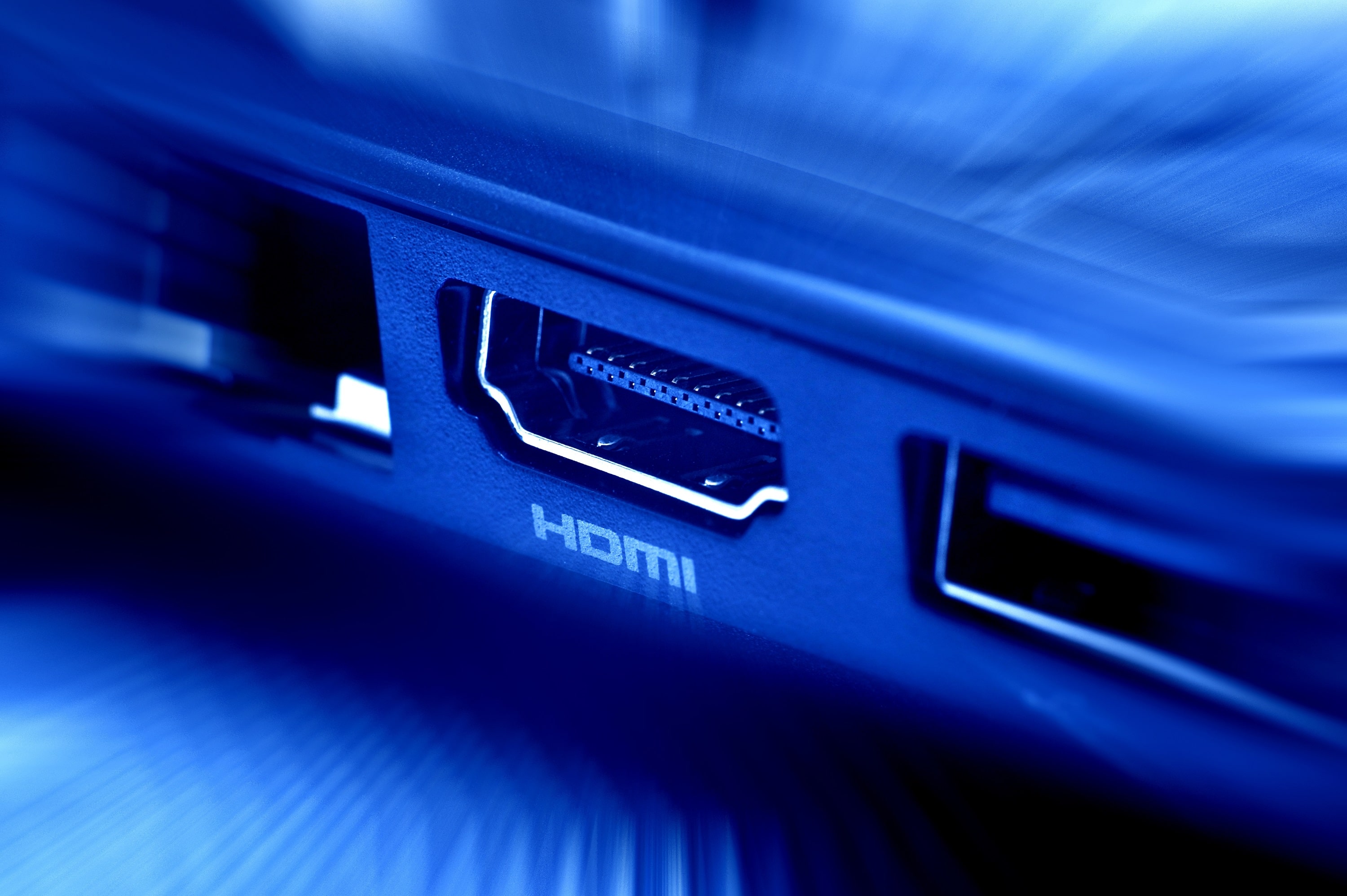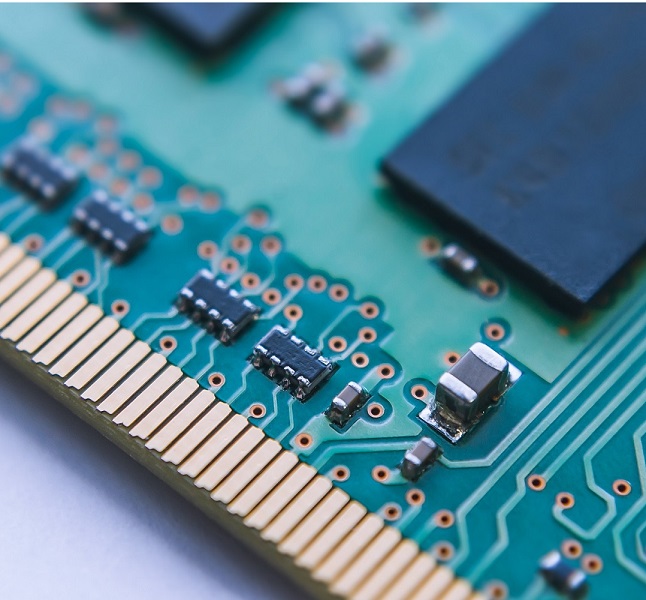
HDMI 2.0 vs HDMI 2.1 - differences & innovations in the HDMI specification
The quality of video on our devices has become increasingly important as our use of video for entertainment, gaming, and broadcasting becomes much more embedded in our daily lives. Since many of our devices have video display capabilities, improving the video and audio transmission between them has never been more fundamental.
The evolution of the high definition multimedia interface
HDMI, or High Definition Multimedia Interface, was introduced in 2002 as a medium for transferring high definition video and audio signals over a single cable. Throughout the years,
multiple iterations of HDMI have been released, but just recently, we've been introduced to an all new specification of HDMI that will be widely adopted within the coming years, HMDI 2.1.
Here, we will explore HDMI 2.1 further and see how it compares to its predecessor, HDMI 2.0.

The innovations of HDMI 2.1 vs HDMI 2.0
One of the most important leaps from HDMI 2.0 to HDMI 2.1 is the allocated bandwidth between the two iterations. HDMI 2.0 was first introduced in 2013 and offers a bandwidth of 18 Gbit / s. With HDMI 2.1 we are seeing a huge increase in bandwidth - 2.6 times higher at 48 Gbit / s.
This increase in bandwidth is mainly due to the increased number of channels and the supported bit rate on each channel. The HDMI 2.0 specification, classified as HD or high speed, uses three data channels at 6.0 Gbps each, with an additional channel supporting the TMDS clock signal. Together, the bandwidth on these three channels can reach up to 18 Gbit / s.
The HDMI 2.1 specification, classified as UHD or ultra high speed, doubles the bit rate per channel to 12 Gbit / s and also replaces the 4th TMDS clock channel as an additional data channel. This is possible because the new HDMI specification now uses packet-based data transmission in which its own clock signal is embedded. With four channels that signal 12 Gbit / s, 48 Gbit / s are now possible.
The dynamics of improved vision
Due to the increased bandwidth, the video quality has improved significantly with the HDMI 2.1 specification. HDMI 2.0 introduced 4K resolution at 60 frames per second, and HDMI 2.1 introduced support for 4K at 120 frames per second, 8K at 60 frames per second, and resolutions up to 10K. The 8K resolution quadruples that of 4K, which now supports 7680 pixels horizontally and 4320 pixels vertically.
Another improvement in the display from HDMI 2.0 to HDMI 2.1 is the new support for Dynamics High Dynamic Range or Dynamic HDR. With Dynamic HDR, the display can change its contrast and brightness frame by frame. Instead of static HDR, which is used in HDMI 2.0 and uses HDR-10 to apply the metadata once to customize the TV's display, Dynamic HDR applies metadata to the exact image, making the shadows and lighter images more prominent.
HDMI 2.1 cable improves upon all of the technology
In contrast to the HDMI 2.0 cable, HDMI 2.1 has additional functions that improve image and video performance especially for gamers. HDMI 2.1 includes VRR (Variable Refresh Rate), which reduces the picture delay and allows a 3D graphics processor to display the picture at the time of playback for a smoother viewing experience. The new features for fast frame transport and automatic low-latency mode reduce latency and ensure seamless video suitable for fast-paced gaming.
Regarding audio transmissions within HDMI, the Audio Return Channel (ARC) feature was implemented in older HDMI specifications, including HDMI 2.0. Traditionally, ARC sends audio signals upstream and downstream through a single connector so that the cable can send audio from a television back to an AV receiver or other speaker system. Audio quality suffered in previous specs as the bandwidth for audio transmission was minimal. With the Enhanced Audio Return Channel (eARC) implemented in the latest HDMI 2.1, this is no longer a problem as the allocated bandwidth is now 37 Mbit / s. With the newer specification, more audio content can be passed through the cable and for this reason we can expect higher quality audio outputs.
Upgrade challenges
With these changes from HDMI 2.0 to HDMI 2.1, the question is whether it will be necessary to purchase all new cables. It turns out that new cables are needed to take advantage of the new features of higher resolutions or frame rates. However, because this specification is relatively new, many TVs have not yet implemented this technology in their devices, so purchasing newer cables may not be essential at this time.
HDMI 2.1 Cable tests for design, production & quality assurance
The Advanced Cable Tester v2 tests USB cables, HDMI cables and DVI cables for a variety of parameters that normally require many different tools. Among other things, the cable tester checks the continuity of the contacts, the IR drop / DCR, the validity of the E-marker and the signal integrity of the cables. Capturing errors in continuity, IR drop/DCR, E-marker validation, and signal integrity during the manufacturing process is critical.










